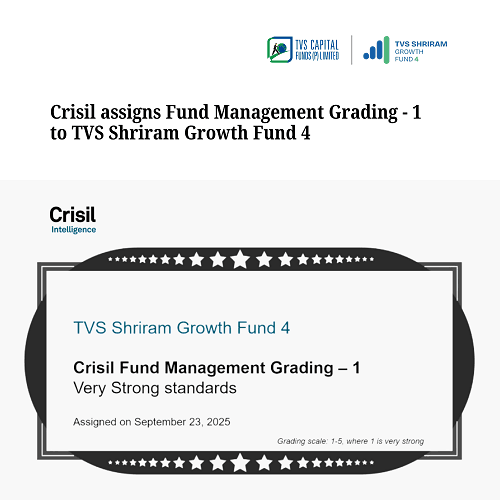RS.19,500cr PLI approve for Solar Modules manufacturing
The final Sovereign Green Bonds Framework of India has now been approved by the Government to comply with key recommendations of the International Capital Market Association (ICMA) Green Bond Principles (2021).
The Green finance is a very broad and evolving concept, with no multilaterally agreed definition of green finance so far, Minister of State for Environment, Forest and Climate Change Ashwini Kumar Choubey told Rajya Sabha on 22 Dec 2022.
Sovereign green bonds and thematic funds for blended finance in areas including climate action were announced in the Union Budget 2022-23,
He explained that the green debt securities are created to fund projects that have positive environmental and/or climate benefits. Proceeds from these bonds are earmarked for green projects.
The Securities Exchange Board of India (Issue and Listing of Non-Convertible Securities) Regulations, defines green debt security as a debt security issued for raising funds that are to be utilised for project(s) and/ or asset(s) falling under any of the following categories, subject to the conditions as may be specified by the Board from time to time.
In line with India’s climate commitments, the Government has also approved the Production Linked Incentive Scheme (Tranche II) on ‘National Programme on High Efficiency Solar PV Modules’, with an outlay of Rs.19,500 crores for achieving manufacturing capacity of Giga Watt (GW) scale in High Efficiency Solar PV Modules.
The Budget pushes energy transition by encouraging domestic production of solar power equipment and batteries.
The Minister elaborated, “Today, India’s vision to achieve net zero emissions by 2070 has been carefully considered after taking into account the principles of United Nations Framework Convention on Climate Change (UNFCCC), in particular, the principle of common but differentiated responsibilities and respective capabilities in the light of national circumstances.”
Choubey said that according to latest estimates in India’s Long-Term Low-Carbon Development Strategy (LT-LEDS) document submitted to the UNFCCC in November 2022, it is envisaged that a transition to a low-carbon development pathway will entail costs, pertaining to the deployment of new technologies, development of new infrastructure, and other transaction costs.
“Several estimates regarding India’s financial needs exist,” he stressed.
Many of them focus on the energy sector, including industry, buildings, and transport. Estimates vary across studies due to differences in assumptions, coverage and modelling approaches, but fall in “the range of trillions of dollars by 2050”. fiinews.com











